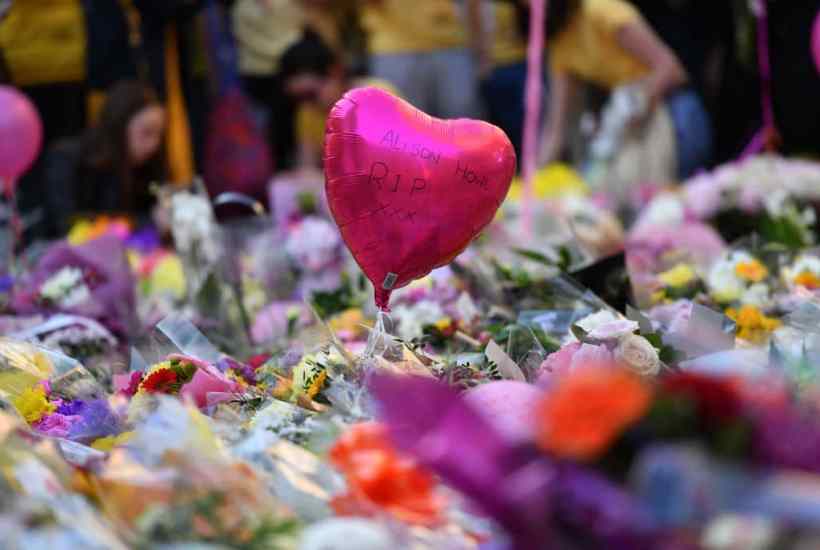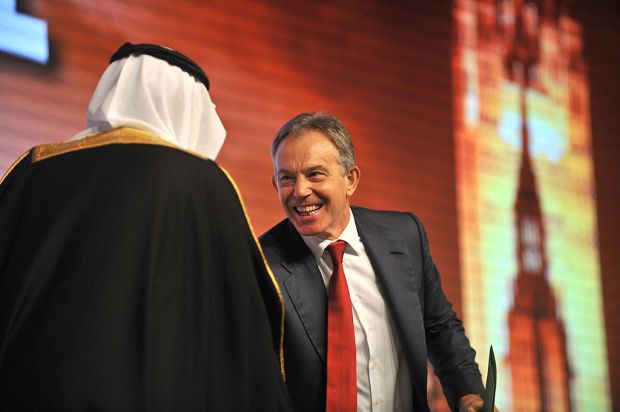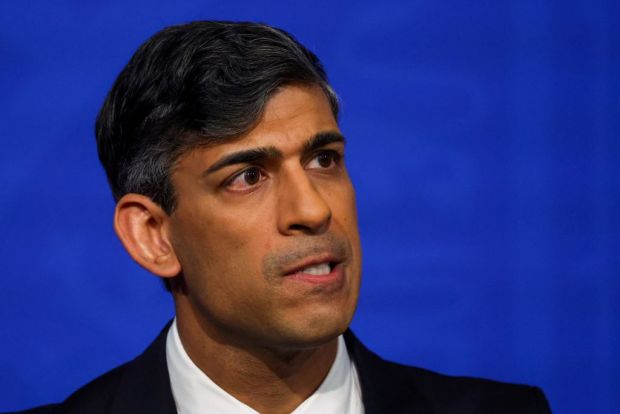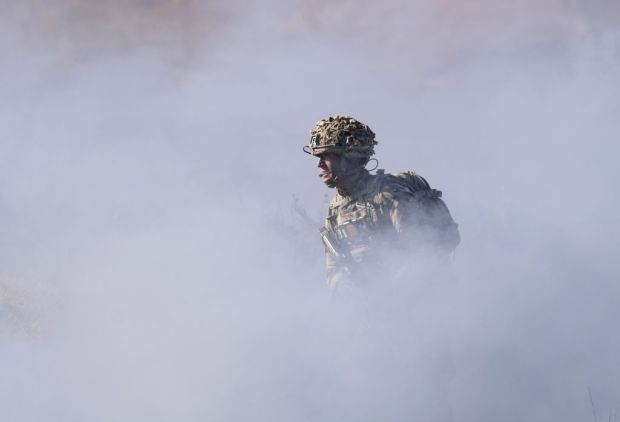The Manchester Arena Inquiry has adjourned for three weeks as its chairman Sir John Saunders considers the last, and most secret, part of the evidence. It involves the critical issue of why Salman Abedi was investigated by MI5 and found to pose no risk, and why his case was never re-opened.
At the centre of the Inquiry is a nugget of information which, MI5 says, cannot be trusted to the public, even five years after the attack. After Abedi’s case was closed, two pieces of intelligence were received in the months before the bombing. These were assessed to be ‘innocent activity’ or ‘non-terrorist criminality’. But in retrospect, the intelligence was ‘highly relevant to the planned attack’, the Security Service has conceded, even if ‘the significance of it was not fully appreciated at the time’. So could the Manchester bombing – in which 22 innocent lives were lost – have been prevented?
We now know that a meeting was due to take place nine days after the attack to re-assess the bomber, Salman Abedi. The decision to hold that discussion was based on a fresh piece of intelligence, received a year earlier. But the meeting was, of course, ‘tragically overtaken by events’, as the inquiry has heard. Yet the most crucial part of the intelligence picture of Abedi remains under wraps.
Saunders has accepted MI5’s assertion that there is ‘centrally important material’ relevant to the question of whether they could have prevented the attacks that cannot be revealed to the public. As a result of that decision, for the first time since 9/11, hearings at an inquiry or inquest into a terrorist attack have taken place behind closed doors. However, Saunders pledged to question three witnesses from the Security Service himself, over the course of three weeks of hearings in November and to make any information public he believed could be safely released. Decision time is approaching in the next few days about what that might be.
It is a process, known to those of us who operate in this world, as ‘gisting’. It dates back to the closed material procedures against al-Qaeda suspects in 2009. The essence, or ‘gist’, of the information, stripped of its sourcing, tells us what the security services knew, but not how they found it out. Already, we can have an educated guess at what the pieces of intelligence may relate to.
Salman Abedi had links to a drug dealing gang; and hydrogen peroxide, the key ingredient for the bomb, could also be used to clean the clay pellets used in hydroponics to grow cannabis plants. A friend of Abedi’s was also involved in a fraud to rip off Amazon – the source of his bomb-making ingredients – by claiming that his account had been hacked. He and his brother were also using two separate flats away from the family home: one to take delivery of the chemicals and one to mix them and turn them into explosives. Any of those activities could look like minor criminality – not necessarily terrorism – if investigators did not probe further. So were key details missed?
It is worth remembering that no one at MI5 went out to do a bad job on 22 May 2017, or on any of the days and months that led up to the bombing. Intelligence officers have a tough job. While I report on their successes, many of which were within months of the Manchester attack, these gain less attention than their failures. Strange as it may sound to the outsider, MI5 is faced with dozens of people like Salman Abedi: jihadi fanboys who spend years talking the talk but never walk the walk.
Some of them were Abedi’s friends. One was his older brother, Ismail, who was found by MI5 agents to have a series of photographs of him posing with weapons on his Facebook account. Isis propaganda was also discovered on a phone he had used.
The statistics don’t tell us how many of those on MI5’s radar were in Manchester at the time of the bombing. But it is thought that around 3,000 individuals in 500 investigations are being monitored across the country at any one time. Amidst this haystack, was a crucial needle missed?
The families of the Manchester victims have criticised MI5 for failing to appreciate the cumulative intelligence about Abedi’s increasing radicalisation. They say it is important MI5 learns lessons from the attack. Many of these relate to Abedi himself: what sort of person he was, and why he was not taken more seriously. Not every terrorist attack can be stopped, but there is an argument that the Security Service could have acted differently in the build-up to the bombing. Abedi was in contact, either directly or indirectly, with at least six different ‘subjects of interest’ – including individuals with links to al-Qaeda, Isis and groups in Libya.
There is a difficulty at the heart of MI5’s process. They open an investigation, they determine whether an individual is ‘attack planning’, and if they aren’t, they close it. There are around 40,000 ‘closed’ subjects of interest, but no proper system for keeping a suspect under constant review. Indeed, some subjects, like Abedi, keep on popping up – in his case 18 times in total. But while they appear on the Security Service’s radar, they may never have their case re-opened. Yet the problem is, of course, that while a subject of interest (SOI) may not be planning an attack now, they may do at a future date. Picking when to revisit the case can be hit and miss.
It is not the first time this issue has arisen. Michael Adebolajo, one of the killers of Fusilier Lee Rigby in Woolwich in May 2013, was a closed SOI. So, too, was Khalid Masood, the Westminster terrorist who killed PC Keith Palmer and four others in March 2017. In some ways, the more often a person pops up in investigations – and the longer he remains engaged with extremists – the more dedicated he is to the cause. Even before the attacks, MI5 had changed the way they deal with so-called ‘closed SOIs’; further changes have been made since. But the requirement to open and close cases, can lead to a natural tendency to clear the decks when what is really needed is a file of ‘pending projects’. Introducing a different approach might need legal changes to allow intrusive measures to continue over a longer period. If that is unpalatable, the Security Service needs to have a more efficient way of revisiting cases.
The victims’ families are also concerned about MI5’s ‘obsessive secrecy’ which has included a situation where they refuse to name a ‘known extremist prisoner’ visited by Abedi in prison, although he was identified by the press days after the attack. Some suggest MI5 is trying to avoid embarrassment, but the more realistic view may be that organisations that operate in a secret world, value secrecy highly.
MI5 has told the chairman that to reveal the crucial information would also reveal the source, but Sir John, and his security-cleared team, have been able to examine whether there is, in fact, language that could allow it to be made public.
It is worth noting that few secrets of this type remain secret for ever and the anger of some of the victims’ families at the back of the hearing room, faced by a lack of new information, has been palpable. Over two days of open hearings, their lawyers were able to pose questions to MI5’s director general of counter-terrorism, known as Witness J, who answered on behalf of the organisation from inside a wooden cubicle. But the families were left to send in a list of questions to be asked in the ‘closed’ sessions, among them queries about how MI5 deals with the purchase of ‘precursor chemicals’. The process contrasts with that of the inquests into the July 7 bombings, held entirely in open, because inquests do not have closed material procedures.
In those proceedings, there was a surveillance photograph that emerged showing the bombers Mohammed Sidique Khan and Shehzad Tanweer, over a year before the attack. The pair were photographed, in full colour at close quarters, on a driving break at Toddington service station on the M1, as they travelled from a meeting in Crawley, West Sussex back to Dewsbury, West Yorkshire.
The emergence of that picture – and the questioning of a senior MI5 officer about it – was an uncomfortable moment for the Security Service, because the image revealed details about their tactics (even if it hardly came as a surprise to learn that they follow people around and take pictures of them). However, by the end of the inquest process, the victims’ families were broadly happy that MI5 had done its best and that a full picture of the lead-up to the bombings had been revealed.
The Manchester Arena Inquiry has chosen to deal with the information in front of it differently. Will the families feel the same at the end of the proceedings? No one can doubt the thoroughness of the inquiry process and their desire to seek answers. But after two months of hearings on the stewarding – and seven months on the emergency response – we await the results of those three crucial weeks of hearings on the intelligence picture. For the loved ones of those who died, there are plenty of unanswered questions.
Got something to add? Join the discussion and comment below.
Get 10 issues for just $10
Subscribe to The Spectator Australia today for the next 10 magazine issues, plus full online access, for just $10.



















Comments
Don't miss out
Join the conversation with other Spectator Australia readers. Subscribe to leave a comment.
SUBSCRIBEAlready a subscriber? Log in